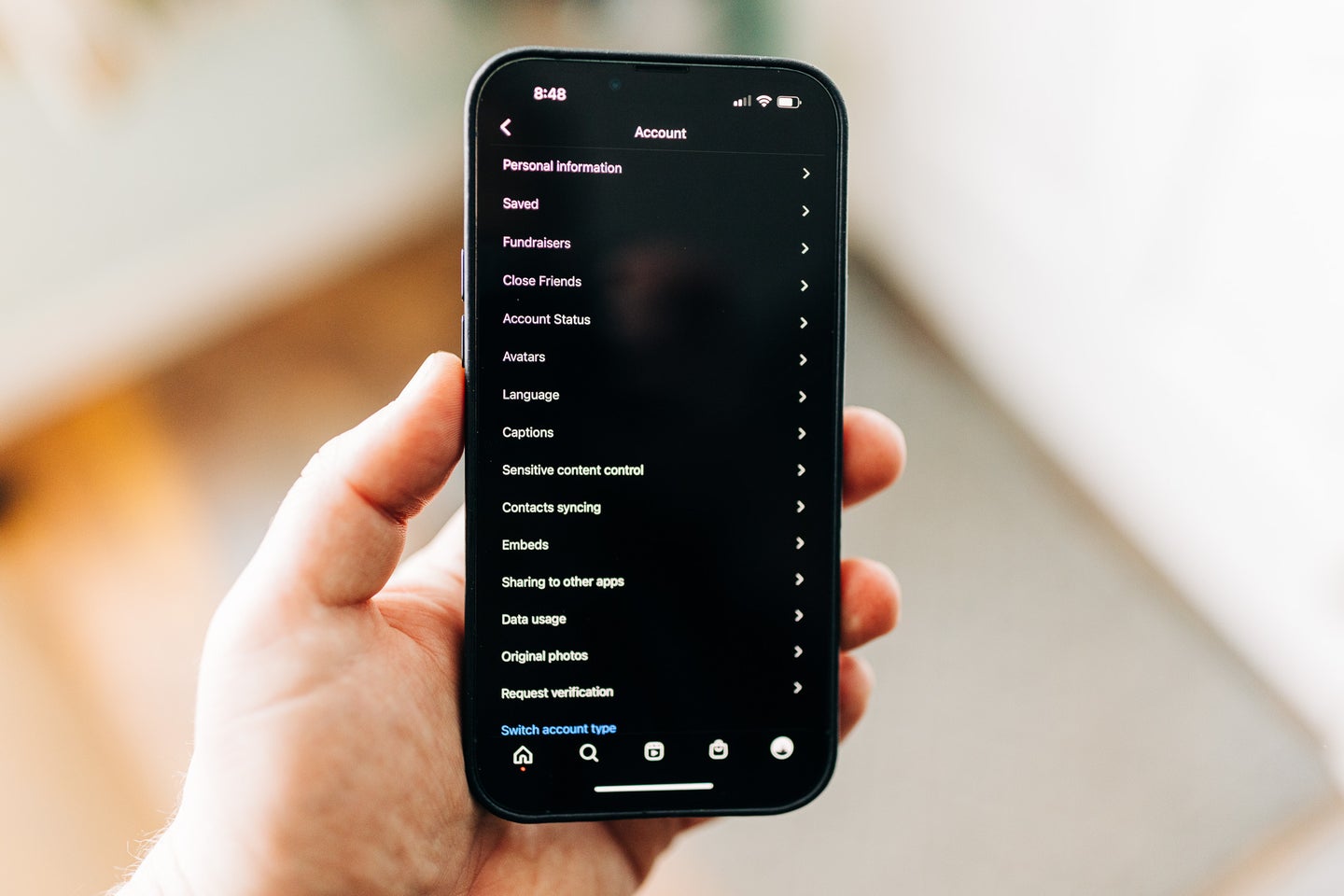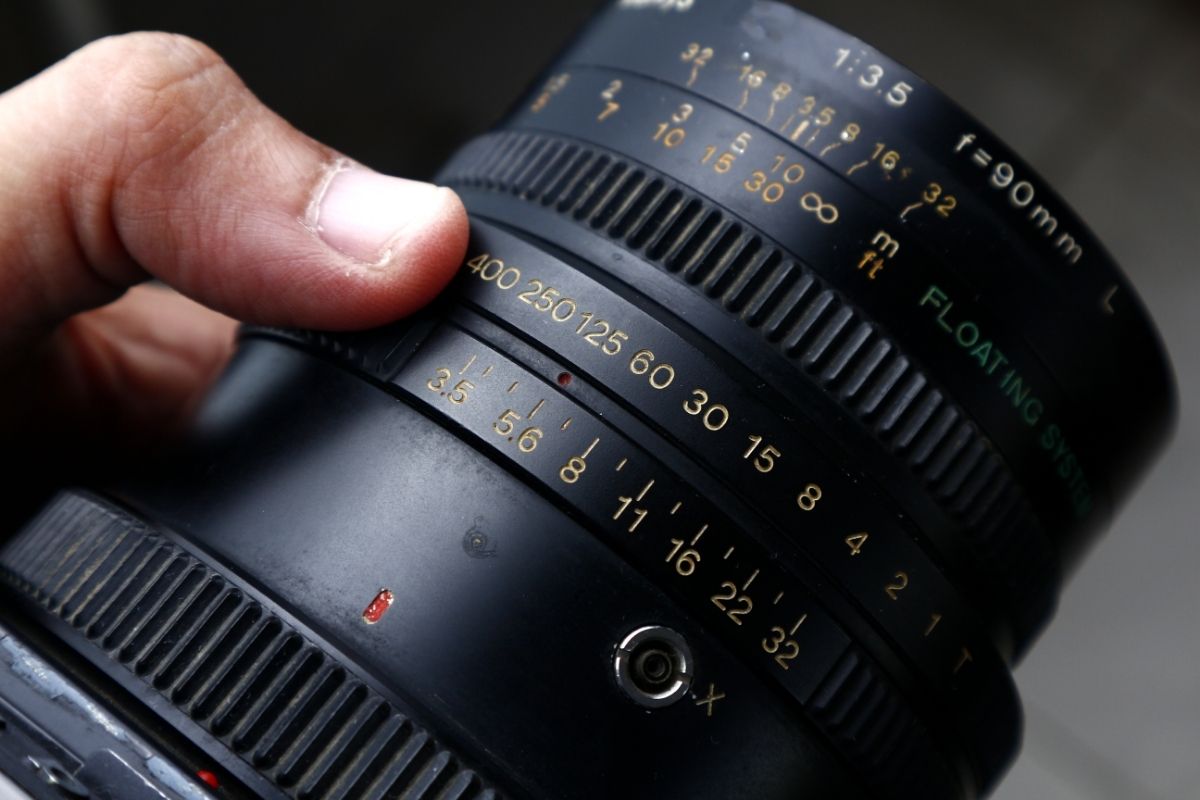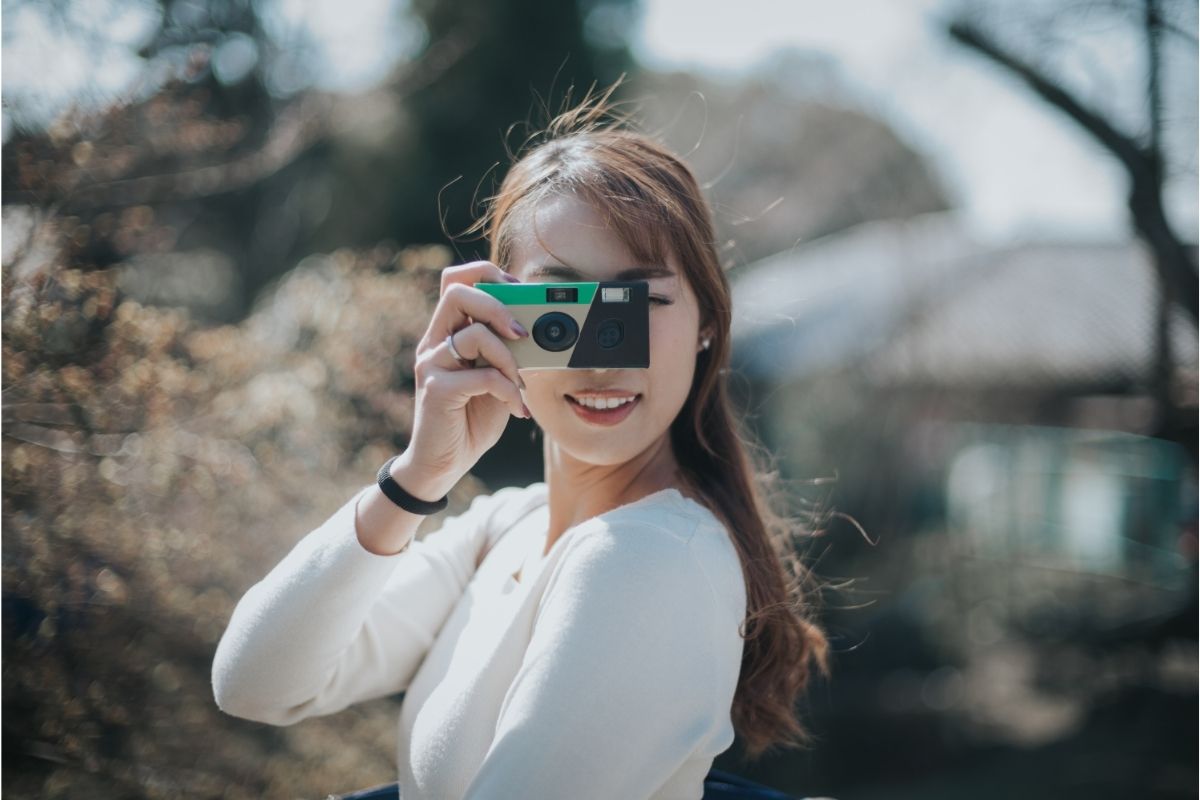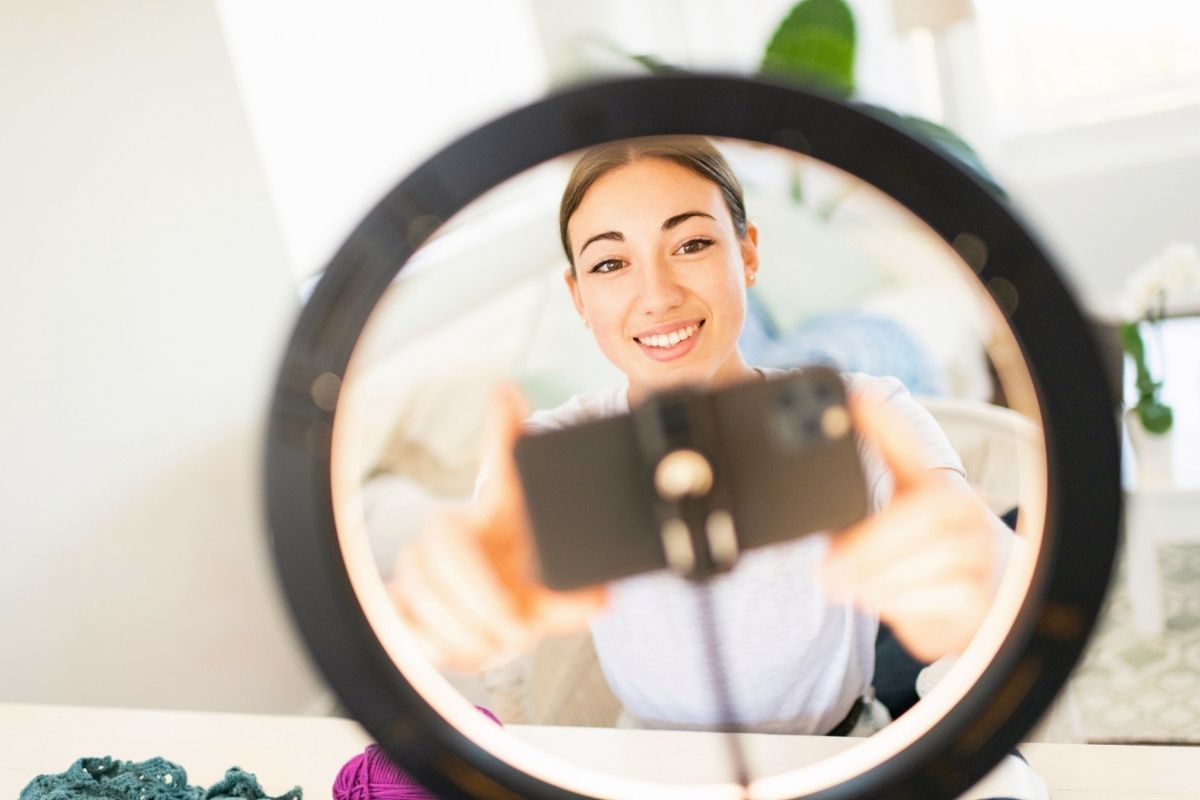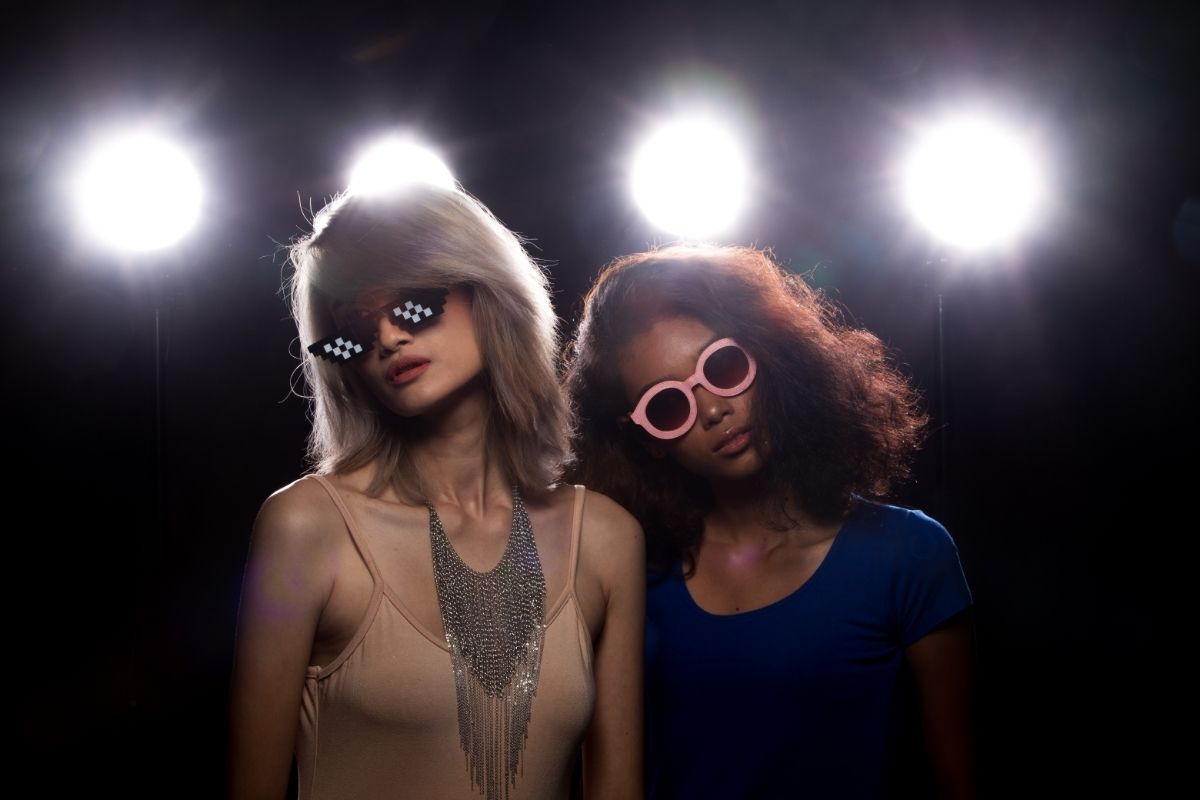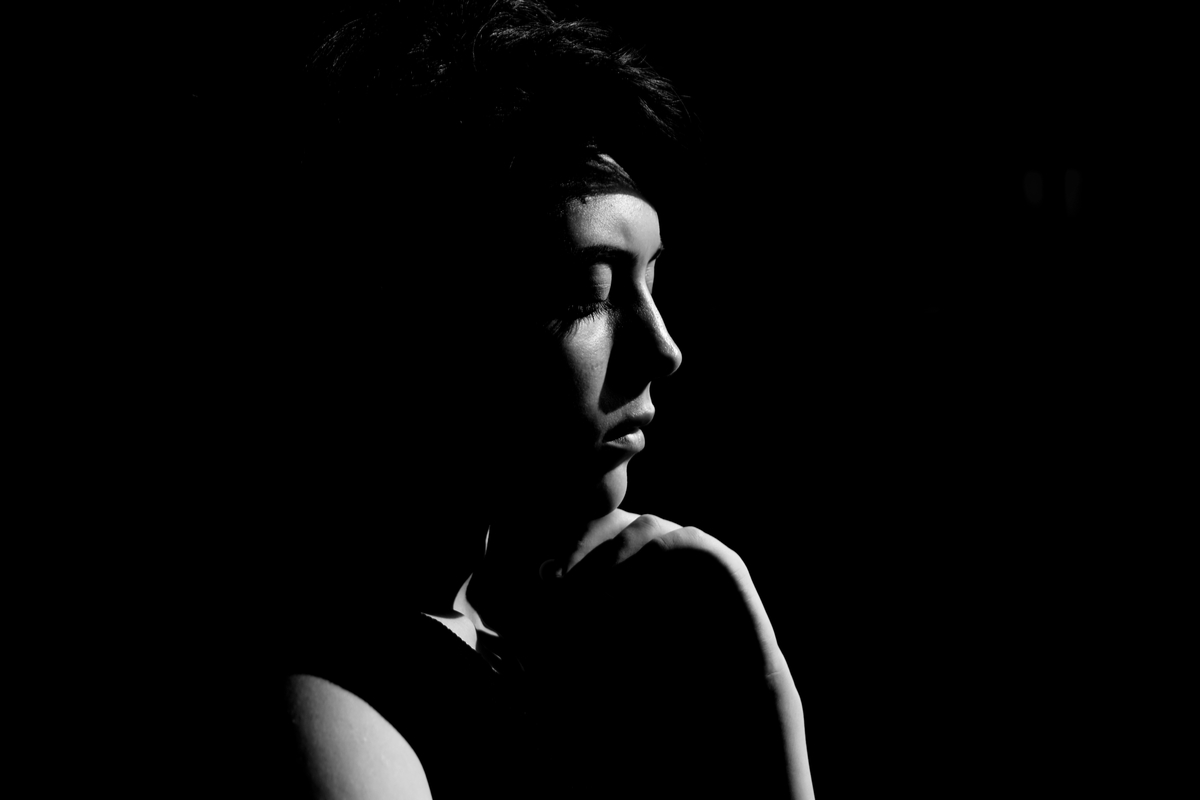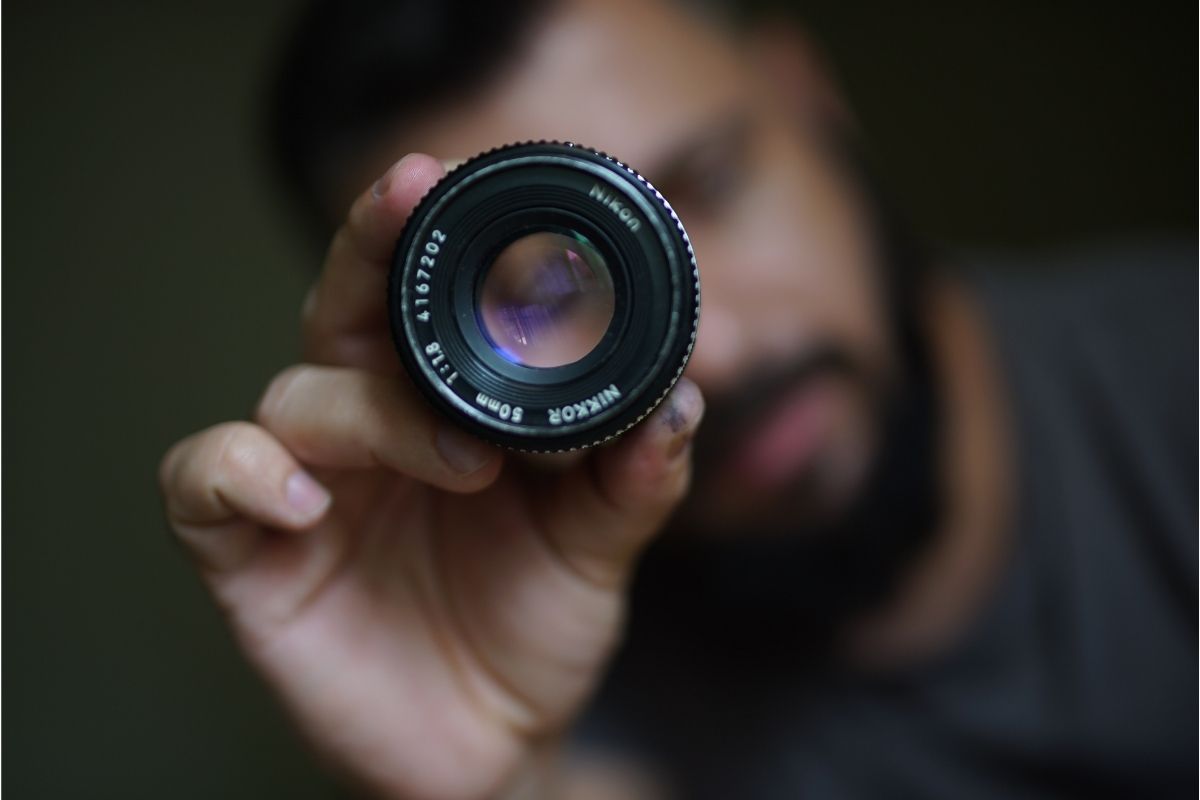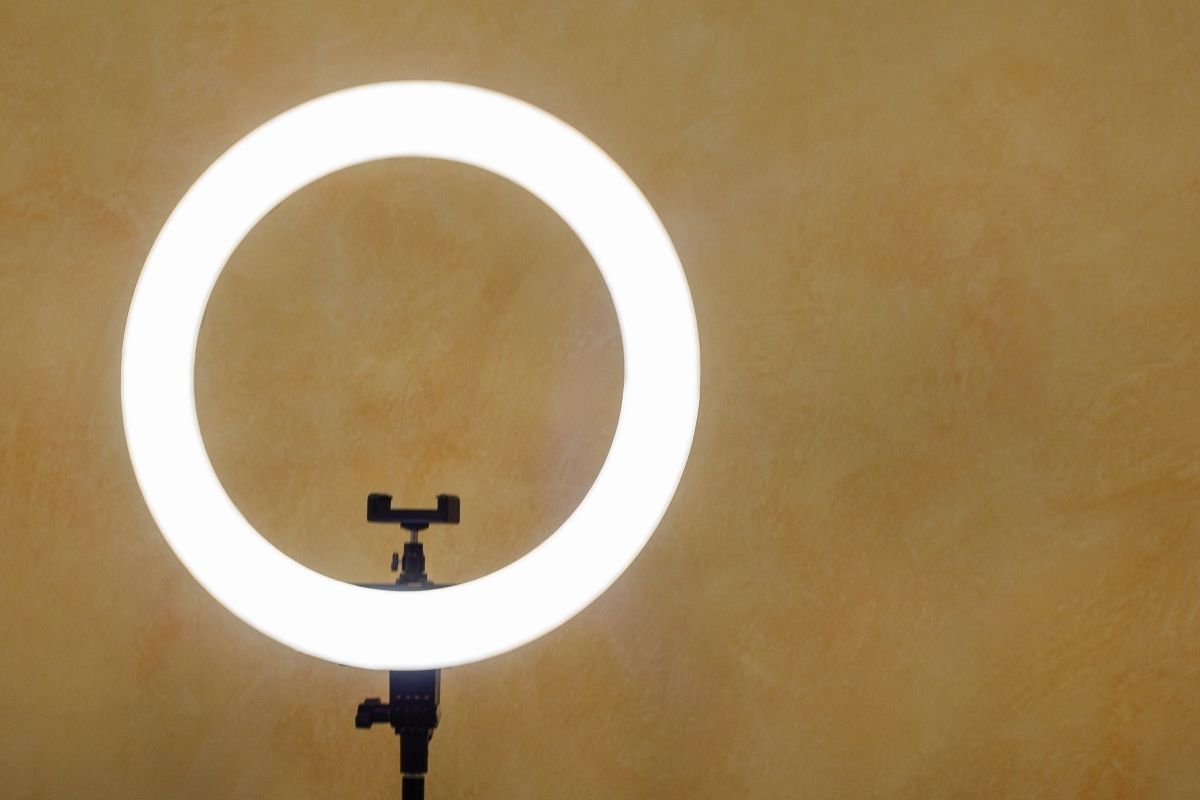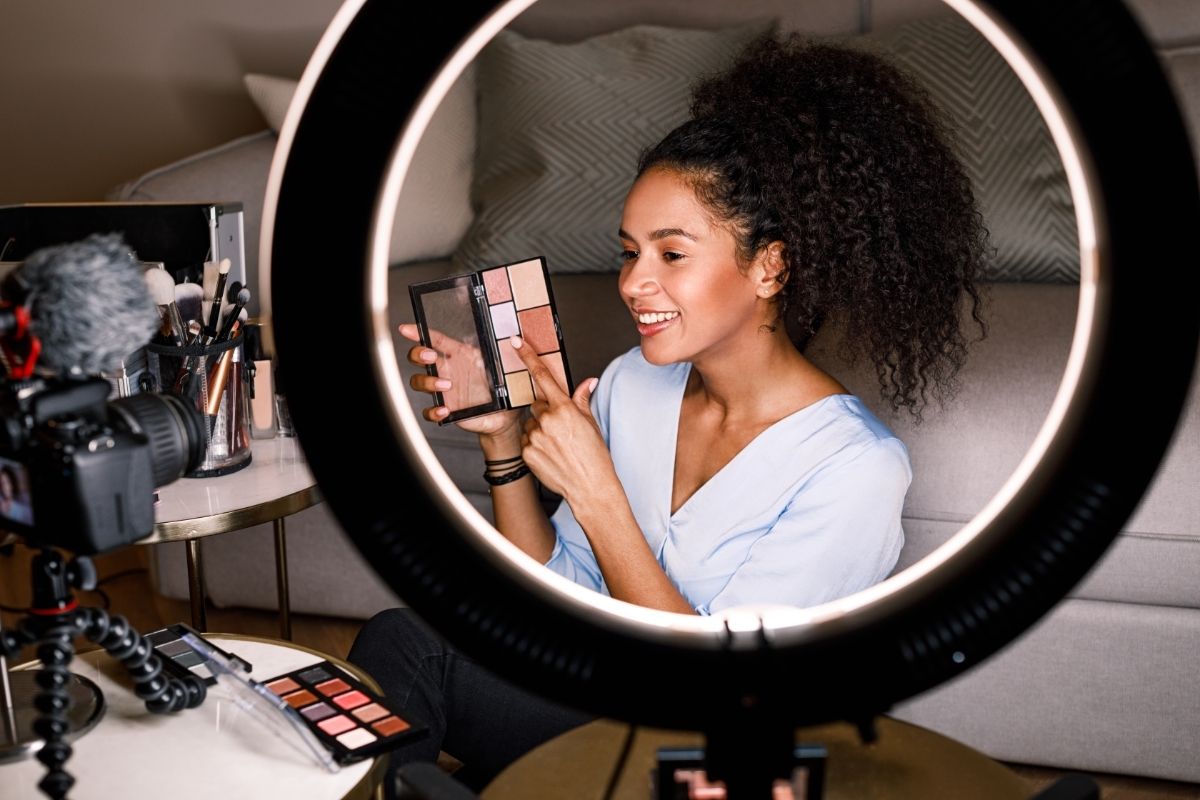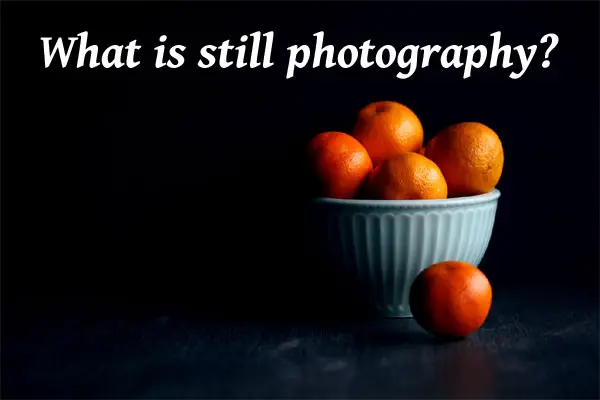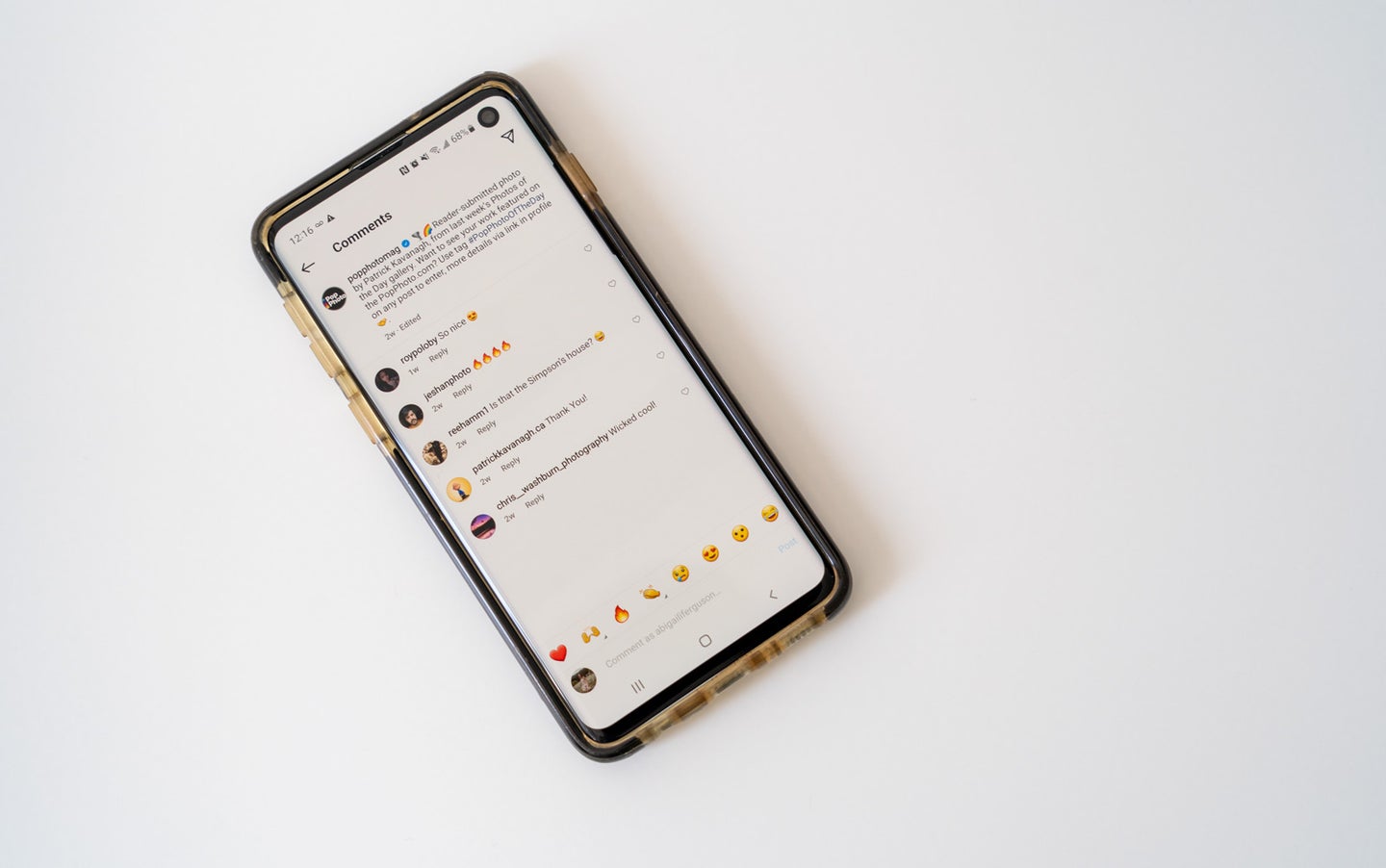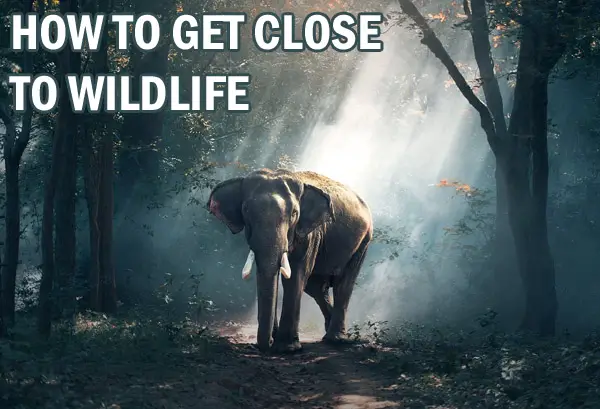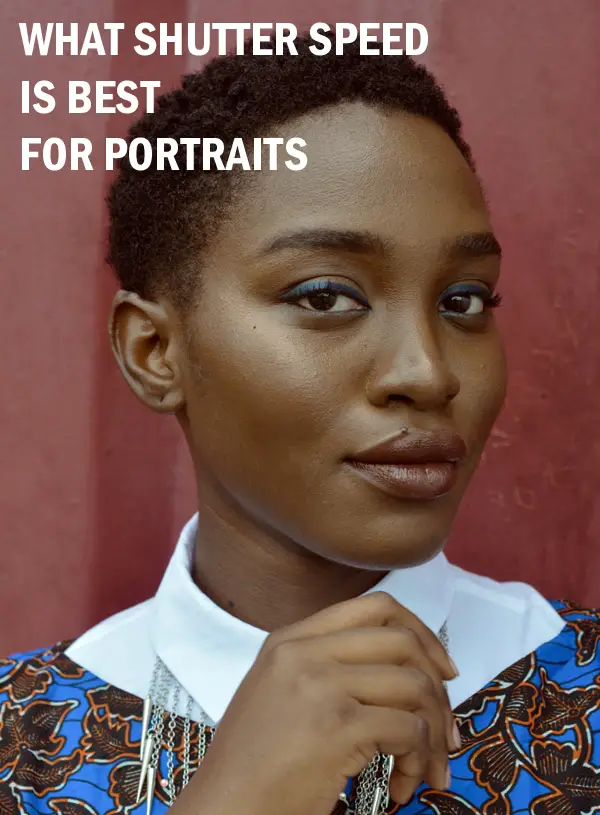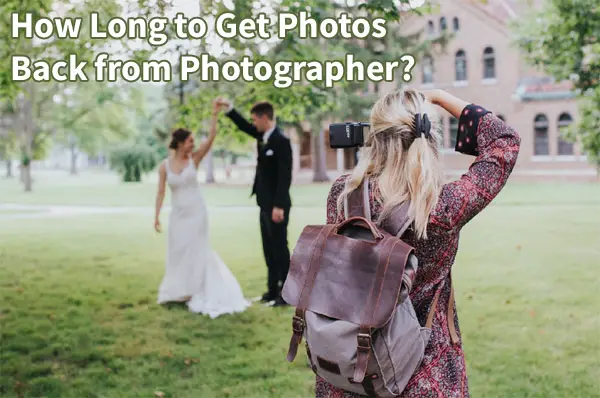Tips & Tricks

How to Bounce Your Flash for Soft Lighting in Portrait and Event Photos
Tuts+PhotographyWelcome back to 'Introduction to Flash Photography'. In this lesson we're going to be learning about bouncing flash. I think that bouncing flash is probably the easiest and quickest way to improve your flash photography.
Bouncing flash is just what it sounds like. Instead of pointing your flash directly at your subject, what you want to do is point your flash at a ceiling or a wall or some other object that will allow the light to bounce off of it, and to your subject.
There are several reasons why I love bouncing flash. The first of which is that you get really soft light. When you bounce flash, the light leaves your small flash head and it spreads out as it heads towards the ceiling or the wall. When it hits the ceiling, it becomes a much larger light source, providing a much softer, more flattering light.
We saw the same effect in our earlier lesson when I used the tinfoil to bounce the pop-up flash into the ceiling, and that gave us a pretty good result. Now that we've moved on to external flashes with tilt and swivel heads, you're going to have much more control over this light and where it goes.
The other reason that I love bouncing flash is that it gives me great light that I can walk around with. When I'm working at weddings and events, I have to be able to move around quickly and capture moments as they happen from the angles that they happen at.



Unfortunately, having off-camera flash makes this difficult, because as I move I have to move the off-camera flash around. Alternatively, bouncing the flash comes with me and allows me to bounce and get a similar effect as off-camera flash, but I can move around much easier.



The only real downside to bouncing flash is that it requires quite a bit more power to get the same amount of light to your subject. This means that your batteries are going to die quite a bit faster when you're bouncing versus using other methods of flash, so bring spares.
The good news however, is that with the newer cameras with their ridiculously high ISO capabilities, this is less of an issue because it's using a higher ISO means that you need less flash power.
Using Bounce Flash
Now that I've convinced you that bouncing flash is so awesome, let me show you how to use this technique.
Obviously the most common time that I use bounce flash is when I'm inside a room that has ceilings and walls to bounce off of. The first thing I do when I walk into a room is I look around the walls and the ceilings, and I assess how I can use them as bounce surfaces.



Here are some of the things I look for while I'm assessing the walls and the ceilings.
Distance
The first is where they're at in relation to my subject. I want to have a feel for how far away all the surfaces are, so I can figure out how much power I'm going to need to bounce off of them and back to my subject. If the ceilings are really high, I know it's going to take a lot of power to reach all the way up there and then back down to my subject. The same goes for walls. So keeping that in mind, I want to use surfaces that are closer to the subject rather than further away, so I can save some of my power.
Colour
The next thing that I look at is the colour of the surfaces that I'm going to be bouncing off of. The reason being that your bounced light will take on the colour of whatever surface you bounce it off. So, if you bounce your light off of a green ceiling, you're going to get green light that when it hits your subject, making your subject look green. Nobody wants that.



So, you'll need to make sure that the surfaces that you're bouncing off of are white or close to white, in neutral colours. You can sometimes get away with bouncing off a surface that are a little bit coloured by adjusting the white balance in your camera or adding a gel to your flash, but this will only go so far.
I also look at how dark the surfaces are. Dark walls and ceilings are not going to reflect very much light, and so a dark surface is going to require a bunch of power to properly expose the subject. Luckily, most walls and ceilings are pretty close to white, which is actually the best colour to bounce off of.
Another thing to consider is when bouncing off the ceiling, it's important to give yourself enough room between you and your subject, especially if you're shooting people. If you're close to your subject, the light is going to go straight up and then come straight down, and it's going to give your subject dark shadowed eyes.
If you can't back up, the next best thing to do is to pull out the white bounce card that's built-in to your flash. This will redirect some of the light straightforward, and will fill in the dark shadows. And the bounce card also creates what's called the catch light in the eye, which makes your subjects to look more alive.



TTL Mode
Sometimes when I'm bouncing flash, switching from manual to TTL helps quite a bit. I use TTL every time I have to move around a lot, because every time I change positions, the relationship between my flash, the bounce surface, and my subject changes, and that changes the amount of power that I'm going to need.
The complexity of this relationship would just take too much time to work out. So switching over to TTL makes this much faster and allows me to kind of focus on getting the images and not so much about what my power is supposed to be. So, what do you do when the walls and ceilings around you are dark? Or what do you do if they're purple? Or what do you do if there are no walls or ceilings around you? Well, you can also bounce your flash off other objects.
Portable Reflector
One of the most common ways is to bounce flash off of a collapsible reflector. All you need is to have an assistant hold the reflector in a position that will give a good bounce and go for it.



Improvise
Actually pretty much anything that is neutral and light coloured will work for bouncing off of. In fact, when I'm shooting, I usually wear a light coloured shirt so that my wife who always shoots with me, can use me as a light source. All she has to do is point her flash at me and she can bounce it off of my light coloured shirt. You know you're a fan of bounce flash when you become a bounce surface yourself!
Bounce Flash is Versatile
As far as I'm concerned, bouncing flash is easily one of the most versatile and useful ways to use a flash. And it is a skill that is definitely worth learning and practicing. And the best way to get better at bouncing is to practice and experiment a bunch.
One of the first times I tried bouncing flash, I spent something like three hours taking photos of my dog in the living room. I bounced my flash off the ceiling. I bounced my flash off the walls. I bounced my flash off anything I could find. Sometimes it worked and sometimes it failed miserably, but I learned a ton by experimenting.
So, your homework is to do the same thing. If you don't have a dog, then you can use your cat. And if your cat won't cooperate (which is quite likely) then you can use a stuffed teddy bear. Or you can use anything in your house.
Just like your last homework, your goal is not to take great pictures, but it's to have fun and it's to not be afraid to make mistakes. And it's to turn your mistakes into learning experiences. So just go for it and experiment and play and try to figure out exactly how to use this.
For the next few lessons, we're going to be learning how to get started with off-camera flash. And this is where flash photography gets really fun. I'm super excited for these next few lessons.





